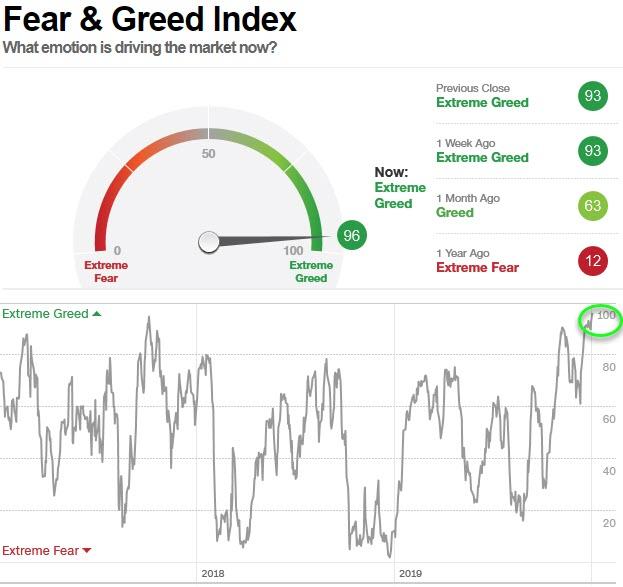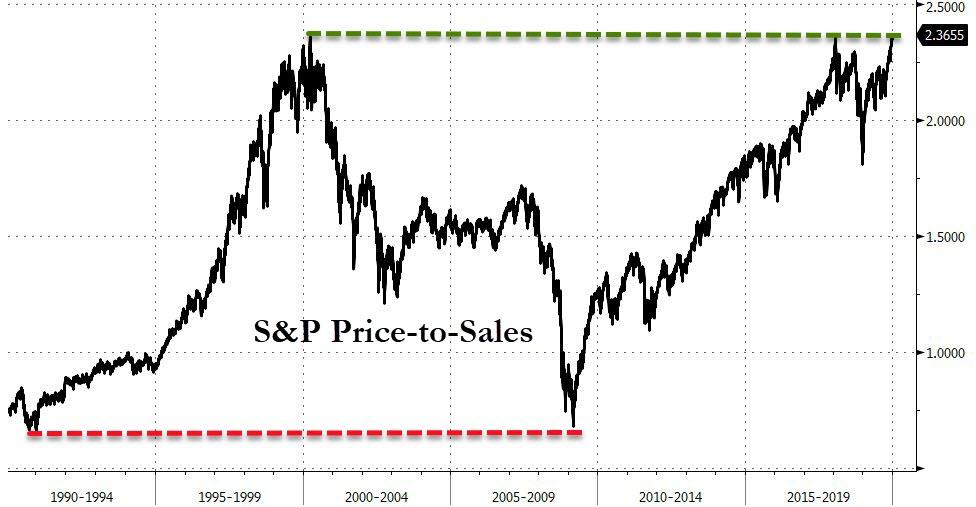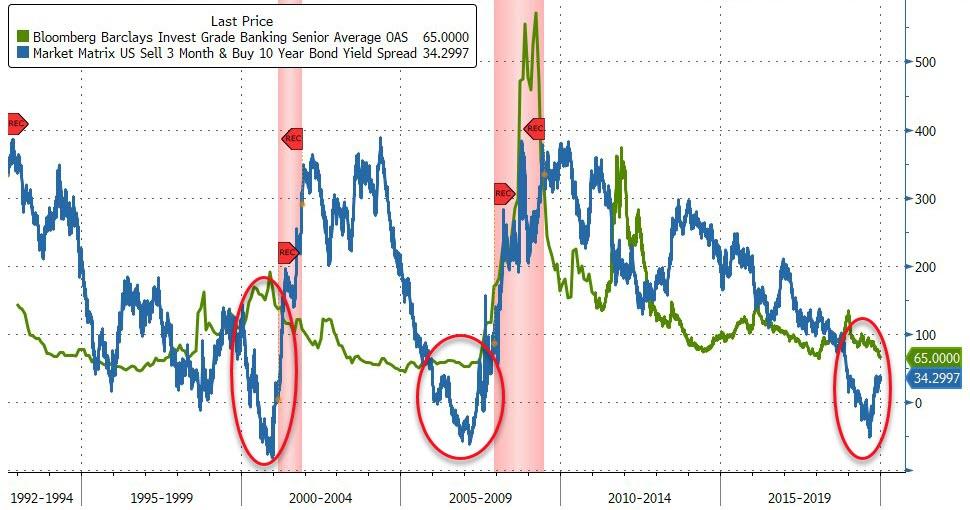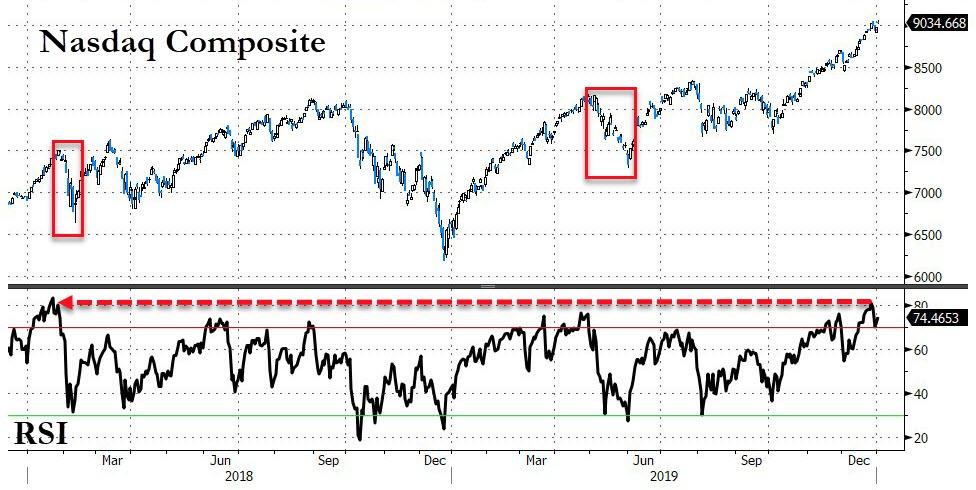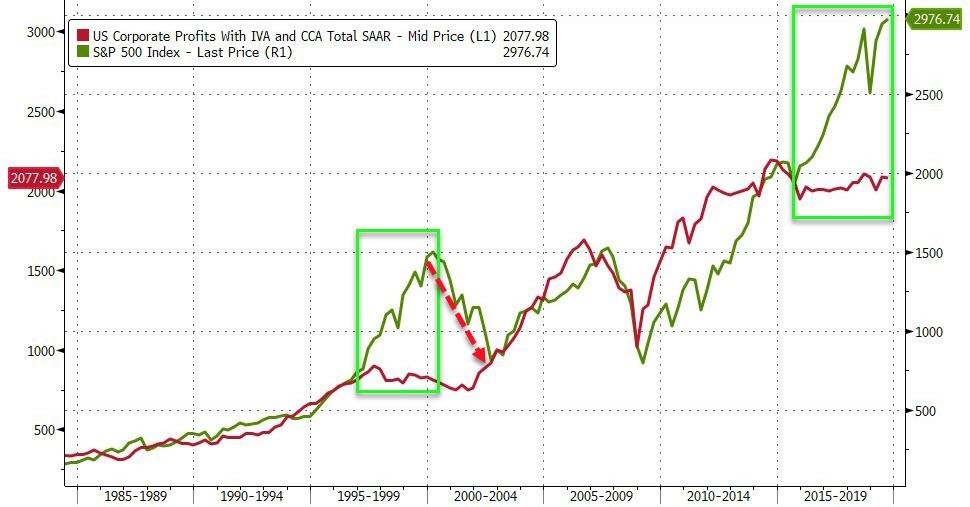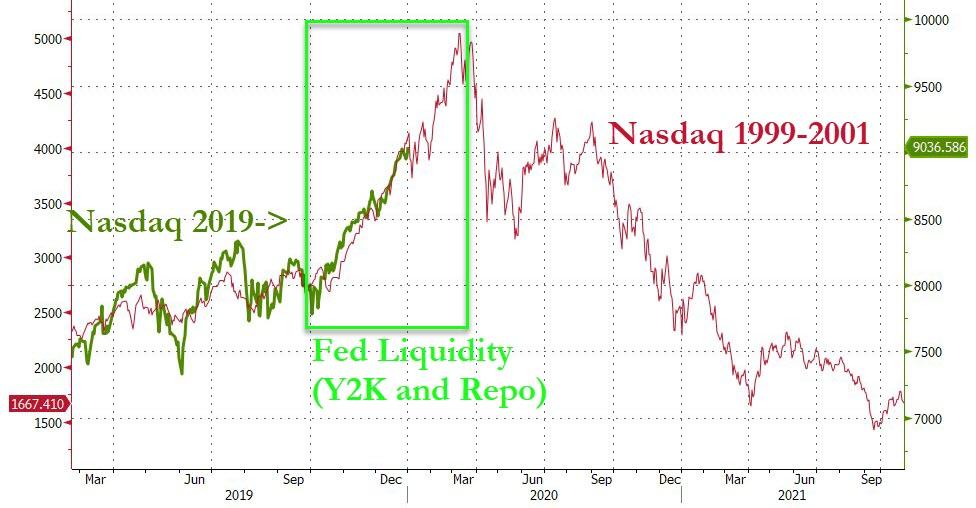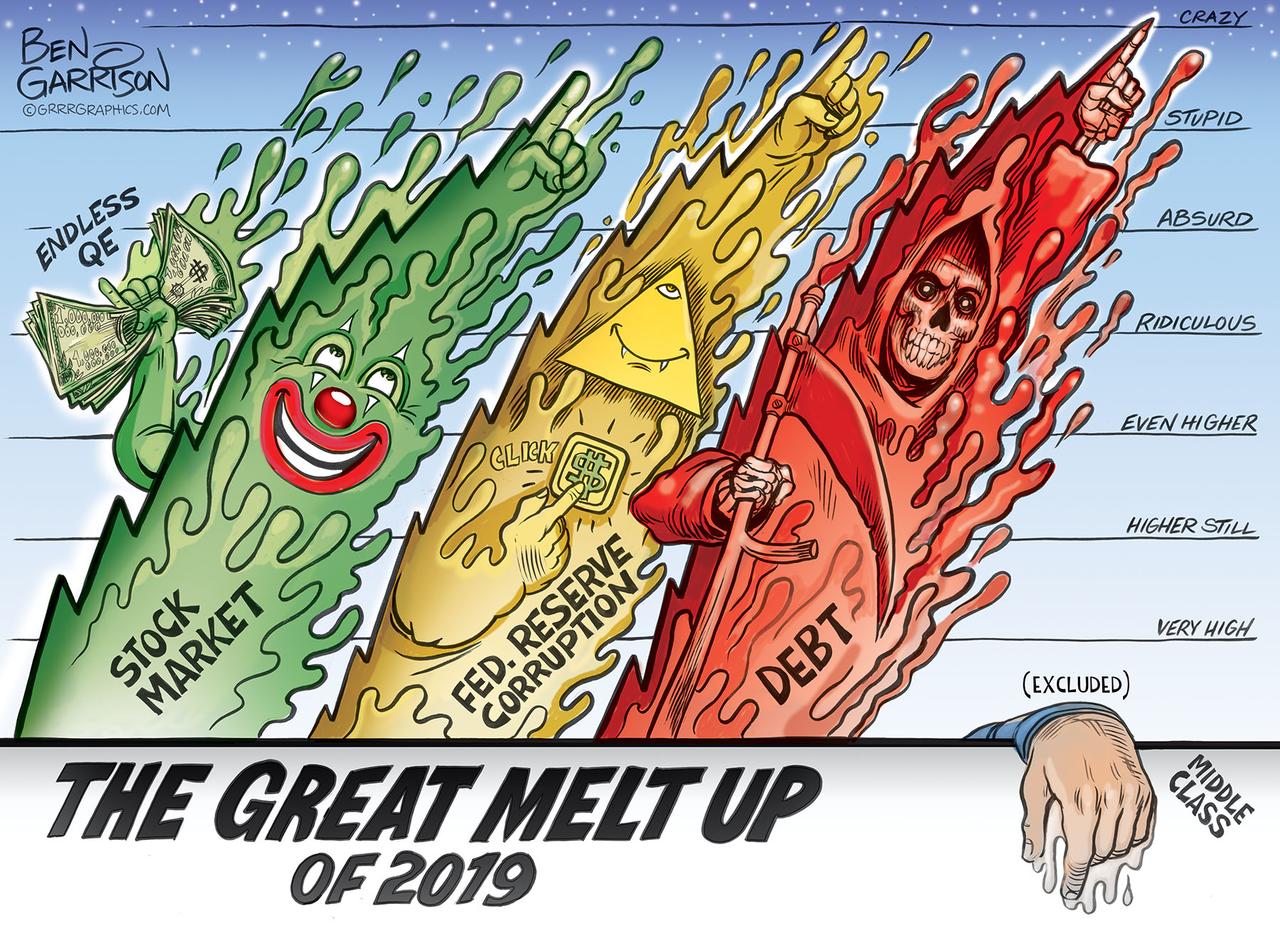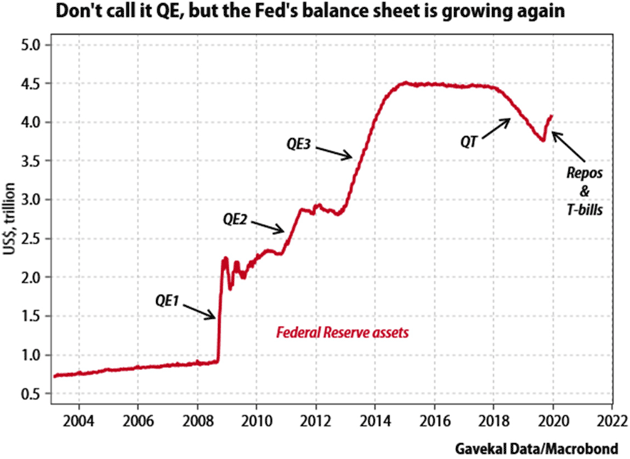[1.] President Trump’s Executive Order on Combating Anti-Semitism begins by noting that, though Title VI of the 1964 Civil Rights Act only bans “discrimination on the basis of race, color, and national origin”—and not religion—”in programs … receiving Federal financial assistance,”
Discrimination against Jews may give rise to a Title VI violation when the discrimination is based on an individual’s race, color, or national origin. It shall be the policy of the executive branch to enforce Title VI against prohibited forms of discrimination rooted in anti-Semitism as vigorously as against all other forms of discrimination prohibited by Title VI.
That strikes me as quite sensible. Much discrimination against Jews stems from hostility to Jews as an ethnic group—a group linked by ancestry and culture, quite apart from religion. In this respect, it’s much like discrimination against, say, people of Hispanic or Arab ethnicity. Whether such ethnic discrimination against Jews qualifies as forbidden discrimination based on race or national origin turns out to be surprisingly unsettled, as I discussed in a September 2019 post (Is Rejecting Someone Because of His “Jewish Blood” Race Discrimination Under Title VII? National Origin Discrimination?). But there are ample precedents for the view that ethnic discrimination is race/national origin discrimination (again, see that post for more), and I think the Administration’s position rightly endorses that view.
[2.] But the Order also goes on to say,
In enforcing Title VI, and identifying evidence of discrimination based on race, color, or national origin, all executive departments … shall consider the following:
(i) the non-legally binding working definition of anti Semitism adopted on May 26, 2016, by the International Holocaust Remembrance Alliance (IHRA), which states, “Antisemitism is a certain perception of Jews, which may be expressed as hatred toward Jews. Rhetorical and physical manifestations of antisemitism are directed toward Jewish or non-Jewish individuals and/or their property, toward Jewish community institutions and religious facilities”; and
(ii) the “Contemporary Examples of Anti-Semitism” identified by the IHRA, to the extent that any examples might be useful as evidence of discriminatory intent.
(b) In considering the materials described in subsections (a)(i) and (a)(ii) of this section, agencies shall not diminish or infringe upon any right protected under Federal law or under the First Amendment. As with all other Title VI complaints, the inquiry into whether a particular act constitutes discrimination prohibited by Title VI will require a detailed analysis of the allegations.
The IHRA examples state that “Contemporary examples of antisemitism in public life, the media, schools, the workplace, and in the religious sphere could, taking into account the overall context, include, but are not limited to”:
Calling for, aiding, or justifying the killing or harming of Jews in the name of a radical ideology or an extremist view of religion.
Making mendacious, dehumanizing, demonizing, or stereotypical allegations about Jews as such or the power of Jews as collective—such as, especially but not exclusively, the myth about a world Jewish conspiracy or of Jews controlling the media, economy, government or other societal institutions.
Accusing Jews as a people of being responsible for real or imagined wrongdoing committed by a single Jewish person or group, or even for acts committed by non-Jews.
Denying the fact, scope, mechanisms (e.g. gas chambers) or intentionality of the genocide of the Jewish people at the hands of National Socialist Germany and its supporters and accomplices during World War II (the Holocaust).
Accusing the Jews as a people, or Israel as a state, of inventing or exaggerating the Holocaust.
Accusing Jewish citizens of being more loyal to Israel, or to the alleged priorities of Jews worldwide, than to the interests of their own nations.
Denying the Jewish people their right to self-determination, e.g., by claiming that the existence of a State of Israel is a racist endeavor.
Applying double standards by requiring of it a behavior not expected or demanded of any other democratic nation.
Using the symbols and images associated with classic antisemitism (e.g., claims of Jews killing Jesus or blood libel) to characterize Israel or Israelis.
Drawing comparisons of contemporary Israeli policy to that of the Nazis.
Holding Jews collectively responsible for actions of the state of Israel.
This, I think, has the potential to unconstitutionally suppress speech. Let me explain why.
[A.] To begin with, imagine that President Bernie Sanders issues the following Executive Order:
In enforcing Title VI, and identifying evidence of discrimination based on race, color, or national origin against Palestinian-Americans, all executive departments shall consider the following examples to the extent that they might be useful as evidence of discriminatory intent:
Denying the Palestinian people their right to self-determination, e.g., by claiming that any Palestinian state would lead to terrorist attacks on Israel.
Applying double standards by requiring of Palestinians a behavior not expected or demanded of any other group that is waging an insurrection against an oppressive government.
Drawing comparisons of contemporary Palestinian policy and attitudes towards Jews to those of the Nazis.
Holding Palestinians collectively responsible for actions of Palestinian de facto governmental organizations.
Justifying the killing or harming of Palestinians in the name of protecting another nation’s security, or on the theory that it is acceptable collateral damage in the other nation’s defensive operations.
The premise in the first paragraph is legally accurate: Discrimination against Palestinian-Americans is likely already prohibited by Title VI as discrimination based on race or national origin, just as discrimination against Hispanics or Arab-Americans is already prohibited. But I take it that we’d be concerned that the following examples—even if cast just as examples of what might be useful as evidence of discriminatory intent—are likely to (and probably intended to) deter people from expressing their political views about the Israeli-Palestinian conflict.
To be sure, one can draw distinctions between the examples I give above and the examples in the IHRA Anti-Semitism statement. For instance, some people argue that it’s illegitimate to deny to Jews a right to have a nation of Israel, because it already does exist, but legitimate to deny the Palestinians a right to have a nation of Palestine, because it has not been officially recognized. (I’m quite skeptical of the view that official international recognition should make a difference for which arguments are legitimate, and especially for which arguments are protected by the First Amendment.) Or some might say that, in their experience, the view that Jews don’t have a right to national self-determination is highly correlated with anti-Semitism but the view that Palestinians lack such a right is not highly correlated with anti-Palestinian prejudice.
But do you think it’s likely that courts will indeed reliably accept such distinctions? Or, if a court were to uphold President Trump’s Executive Order, would that decision be a powerful precedent in favor of the constitutionality of the hypothetical order from President Sanders?
[B.] More specifically, one problem with the real Executive Order (as well as the hypothetical Order) is that speech has in recent years often been labeled discrimination, on the theory that certain statements create a “hostile environment” and therefore violate antidiscrimination rules. Under this theory, a rule that “Drawing comparisons of contemporary Israeli policy to that of the Nazis” is “evidence of discrimination” means that a university could be punished under Title VI for allowing speech drawing such comparisons. Likewise, drawing such comparisons would violate campus speech codes that ban “discrimination” and “harassment.”
The Lawfare Project’s Dec. 18, 2019 complaint against Columbia, which cites the Executive Order, relies on precisely this theory. Among other things, it lists sharply anti-Israel (and pro-Hamas) public statements by Prof. Joseph Massad and Prof. Hamid Dabashi as examples of “discrimination against” the complainant and “discrimination directed at” other Jews or Israelis. (I received a copy of the Complaint with authorization to quote portions but not post it; it’s not a court filing, so it apparently isn’t a fully public document.) Likewise, the complaint takes the view that Columbia’s refusal to silence such criticisms, or to publicly condemn them, has helped “create[] a hostile environment” in “violation of Title VI.”
(Columbia’s decision not to condemn certain statements would itself be an exercise of its own First Amendment right not to speak. But the complaint argues that “Although Dabashi has a right to free speech, the university has an obligation to either sanction or condemn this speech when it conflicts with university policies and federal law,” and seemingly takes the view that the speech does “conflict[] with … federal law.”)
As David Bernstein has pointed out, the problem here partly stems from the view that public comments by students, professors, and others can violate antidiscrimination law if they create a “hostile educational environment” based on race, religion, sex, sexual orientation, gender identity, national origin, and the like. Many courts have struck down campus speech codes framed in such terms, but the government and various universities has continued to assert that such speech restrictions are constitutional.
But the Executive Order, it seems to me, exacerbates the problem by sweeping in anti-Israel speech (and not just overtly anti-Jewish speech) as potentially punishable “discrimination.” Both anti-Israel speech and anti-Jewish speech are protected by the First Amendment (unless they fall within one of the narrow exception to First Amendment protection, such as for true threats). But broadening the unconstitutional restrictions is surely not a step forward.
Nor do I think that the Order’s statement that, “In considering the materials described in subsections (a)(i) and (a)(ii) of this section, agencies shall not diminish or infringe upon any right protected under Federal law or under the First Amendment,” helps much. The problem is that government officials often tend not to recognize that various speech, especially speech that is viewed as bigoted or “discriminatory,” is protected by the First Amendment; the Order, notwithstanding its “shall not diminish or infringe language,” tends to reinforce this attitude.
[C.] But say that the Executive Order were limited to what one might think of as purely evidentiary uses of speech—e.g., if someone has been attacked, or had his property vandalized, or has been excluded from some university program, or given a low grade, and the question is whether the action was motivated by his being Jewish. That may be what at least one adviser to the Administration may have intended, according to this article in Haaretz (Amir Tibon):
Avi Berkowitz, a close adviser to Kushner and heavily involved in working on the executive order, says the answer is no. “A complaint against a lecture as you describe would not trigger Title VI,” he says. “In order for Title VI to apply, there has to be actionable conduct. Title VI requires a certain level of conduct, and the executive order does not change that requirement. The lecture remains protected speech.”
Let’s set aside the possibility that, as some have argued, the creation or tolerance of a “hostile environment” would itself be treated by some as “actionable conduct,” even if the environment stems just from speech that doesn’t fit within any of the narrow First Amendment exceptions; and let’s focus on the purely evidentiary uses I just mentioned.
Even for such evidentiary uses, I think the Executive Order is dangerous and unconstitutional, as my hypothetical Sanders Executive Order helps illuminate. Say that you are a professor who rejected a student’s application to a graduate program. He claims that the rejection stemmed from his or his parents’ having been born in Gaza. (Assume he’s an American citizen, so the claim is of discrimination based on national origin, and not based on current citizenship, which would raise more complicated program.)
You argue that, no, you rejected him because you thought his past scholarly work wasn’t strong enough. He responds that, (1) under the hypothetical Sanders Executive Order, “Denying the Palestinian people their right to self-determination” is an example that “shall [be] considere[ed] … to the extent that [it] might be useful as evidence of discriminatory intent”; (2) you had publicly argued against a separate Palestinian state; and therefore (3) that is evidence that you were biased against him based on his national origin.
I think such an argument would be quite wrong, and dangerous to academic freedom. If the argument were accepted, it would sharply chill advocacy of various views on the Israeli-Palestinian conflict, and the government has no business doing that. And of course the same is true of the actual Trump Executive Order.
Now I acknowledge that speech can be used as evidence of motive; indeed, sometimes it’s the only such evidence. (See this post for more, including a discussion of some key Supreme Court cases on the subject.) Even in the absence of any Executive Order, if a professor publicly says “All Jews are scum and I hate working with them” or “all Palestinians are scum and I hate working with them,” that could be evidence that a particular action by a professor with respect to a student was deliberate discrimination based on ethnicity. The same would be true if a student is being accused of punching a classmate or vandalizing the classmate’s property based on the classmate’s being Jewish or Palestinian.
But when there is such concrete evidence of ethnic hostility, the Executive Order is unnecessary. The Order would make a difference only in cases where statements overtly expressing ethnic hostility are weak or even absent, and the evidence stemming from one’s views on the Israeli-Palestinian conflict would then be brought in.
The closest analog in the Supreme Court precedents (not a perfect analog, but I think a helpful one) is the presumption struck down in Virginia v. Black (2003). There, the law banned cross-burning with the intent to intimidate; and some such cross-burning (e.g., burning a cross in front of a black family’s house with the intent to make them fear that physical violence would be next) may indeed be punishable, when it falls within the First Amendment exception for true threats of violence. But the law also added,
Any such burning of a cross [including in any public place] shall be prima facie evidence of an intent to intimidate ….
The Court held that this “prima facie evidence” provision violated the First Amendment, for reasons stated by Justice Souter (joined by Justices Kennedy and Ginsburg), and agreed with by Justice O’Connor (joined by Chief Justice Rehnquist and Justices Stevens and Breyer):
As I see the likely significance of the evidence provision, its primary effect is to skew jury deliberations toward conviction in cases where the evidence of intent to intimidate is relatively weak and arguably consistent with a solely ideological reason for burning. To understand how the provision may work, recall that the symbolic act of burning a cross, without more, is consistent with both intent to intimidate and intent to make an ideological statement free of any aim to threaten. One can tell the intimidating instance from the wholly ideological one only by reference to some further circumstance. In the real world, of course, and in real-world prosecutions, there will always be further circumstances, and the factfinder will always learn something more than the isolated fact of cross burning. Sometimes those circumstances will show an intent to intimidate, but sometimes they will be at least equivocal, as in cases where a white supremacist group burns a cross at an initiation ceremony or political rally visible to the public.
In such a case, … the prima facie evidence provision … will have the practical effect of tilting the jury’s thinking in favor of the prosecution…. [T]he provision will encourage a factfinder to err on the side of a finding of intent to intimidate when the evidence of circumstances fails to point with any clarity either to the criminal intent or to the permissible one…. The provision will thus tend to draw nonthreatening ideological expression within the ambit of the prohibition of intimidating expression.
To the extent the prima facie evidence provision skews prosecutions, then, it skews the statute toward suppressing ideas…. The question here is … [whether] the statute’s terms show that suppression of ideas may be afoot…. And if we look at the provision for this purpose, it has a very obvious significance as a mechanism for bringing within the statute’s prohibition some expression that is doubtfully threatening though certainly distasteful.
I think the same reasoning applies here. If a university responding to a student complaint, or the Department of Education Office for Civil Rights determining whether a university’s response was inadequate, sees the usual sorts of evidence that would normally prove discriminatory motivation (e.g., “I hate Jews”), it can certainly rely on that evidence.
But the Executive Order, by listing specific political statements as potential evidence, “skew[s] [the decisionmaker’s] deliberations toward [a finding of forbidden behavior] in cases where the evidence of [anti-Semitism] is relatively weak.” It “tilt[s] the [decisionmaker’s] thinking in favor of [a finding of guilt]” simply based on a professor’s or student’s expression of political views about Israel (or, in my hypothetical, about Palestinian organizations). If “[t]he question” is whether “the [Executive Order’s] terms show that suppression of ideas may be afoot,” those terms have “a very obvious significance as a mechanism for bringing within [Title VI’s] prohibition some expression that is doubtfully [evidence of discrimination].”
[* * *]
On the merits of the Israeli-Palestinian controversies, I generally support Israel; and I don’t always support arguments that various attempts to protect Israel or Israelis from discrimination violate the First Amendment—consider, for instance, my amicus briefs (e.g., this one), filed on behalf of Prof. Michael Dorf, Prof. Andy Koppelman, and myself, arguing that various state anti-BDS statutes do not violate the First Amendment. (My position there is that actual refusal to deal with Israel and Israelis are not protected speech, even if they are politically motivated, just as refusal to deal with Muslims or Christians are not protected speech.)
But here it seems to me (as I’ve argued before as to similar proposals) that the Executive Order really does risk suppressing not just discriminatory conduct but speech—speech that I generally disagree with, but speech that is fully constitutionally protected.
from Latest – Reason.com https://ift.tt/2QGJ0Pz
via IFTTT
